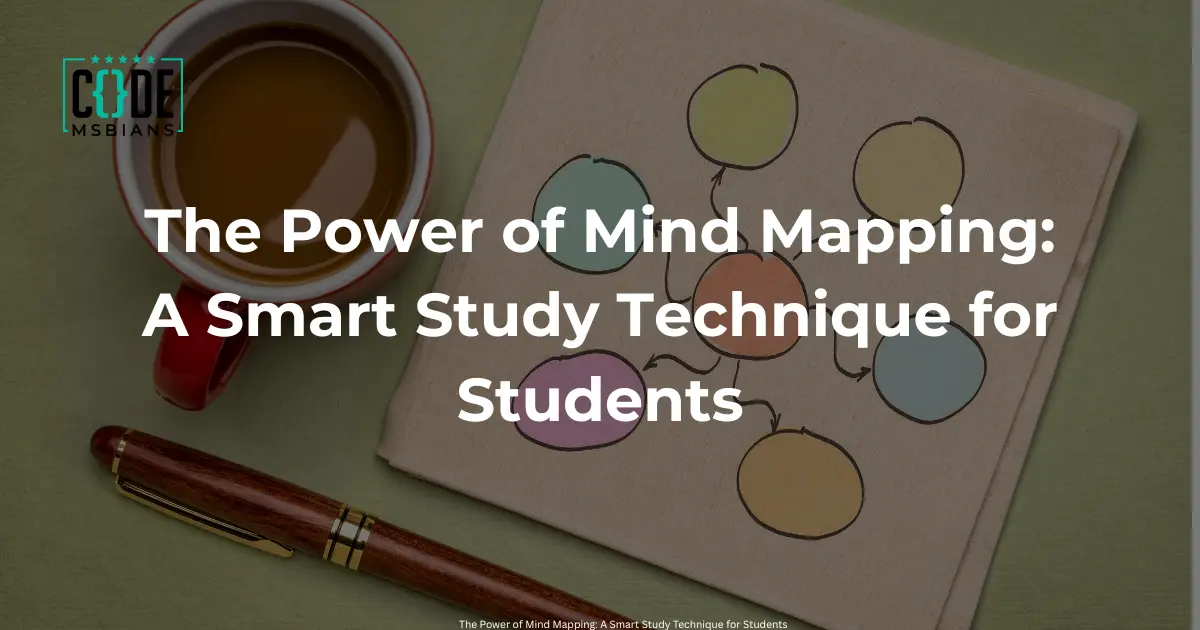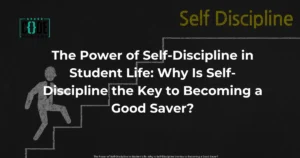Studying doesn’t have to be boring or cumbersome
. In today’s fast-paced learning environment, students need better ways to process and retain information.
This is where the mind mapping method comes in – a creative and highly effective study technique that turns complex topics into clear, visual structures.
Whether you’re a school student preparing for an exam or a college student trying to understand big concepts, mind mapping can make your studies more engaging, organized, and productive.
Let’s find out how it works and why it’s a game-changer for students of all ages.
🌳 What is the Mind Mapping Method?
The mind mapping method is a visual tool used to organize information in a non-linear, brain-friendly format.
Instead of listing information in straight lines like traditional notes, mind maps use branches, keywords, images, and colors to represent concepts and their connections.
This technique was popularized by British author and psychologist Tony Buzan, who believed that the method mimics the way our brain naturally thinks – jumping from one idea to the next in a bright structure.
At its core, a mind map starts with a central idea in the middle of the page, from which main branches (sub-topics) emerge.
Supporting ideas or details branch out from the central theme. It’s like a tree of knowledge growing on paper.
🎯 Why the Mind Mapping Method Works for Students
The mind mapping method isn’t just about creating pretty diagrams – it’s rooted in neuroscience.This is what makes it a highly effective method for teaching:
✅ 1. Activates both sides of the brain
The left brain processes logic and language.
The right brain handles images and creativity.
Mind maps use words and visuals, engaging the whole brain for deeper understanding.
✅ 2. Improves memory retention
Colorful images and keywords are easier to remember than long paragraphs. The structure of a mind map helps the brain make meaningful connections.
✅ 3. Encourages active learning
Instead of passively copying notes, students interact with the material, summarize it in their own words, and organize it visually — this increases comprehension.
✅ 4. Simplifies complex topics
Mind maps break down large chapters into smaller branches, making the information easier to understand and review.
📝 Step-by-Step Instructions for Creating a Mind Map
Mind maps are easy to create, and anyone can make one. Here’s how students can create their first map:
Start with a central topic
Write the main topic (e.g., “photosynthesis”) in the center of the page and draw a circle around it.
Add main branches
From the center, draw lines to major subtopics (e.g., sunlight, chlorophyll, water, carbon dioxide).
Use keywords
Keep your labels short. Instead of full sentences, use single words or short phrases.
Add subbranches
From each main branch, create smaller branches with additional information (e.g., under “water” – roots, absorption).
Include colors and symbols
Use different colors for different branches. Add simple pictures or symbols to make it memorable.
Keep it neat and creative
The goal is to make it visually appealing, but not messy. You’re creating a picture your mind will remember.
🧠 When should students use mind mapping?
The mind mapping method is incredibly versatile and can be applied in a variety of teaching scenarios:
✅ Taking notes during class
✅ Creating chapter summaries for exams
✅ Brainstorming ideas for essays or projects
✅ Creating revision sheets
✅ Planning study schedules or goals
✅ Giving presentations or speeches
Mind maps can also help students with ADHD or learning difficulties by providing structure and reducing overload.
💻 Tools for creating digital mind maps
While pen and paper work great, students can also use free digital tools to create neat, shareable mind maps:
Coggle
MindMeister
XMind
Canva (mind map templates)
Miro (for collaborative maps)
Digital maps are perfect for group projects or organizing large amounts of information.
📚 Real-life benefits of the mind mapping method
What students often experience after using the mind mapping method:
✨ Faster learning and revision
🧩 Better memory during exams
🔎 Clearer understanding of the connections between topics
🧘 Reduced stress and study anxiety
🚀 More creativity and focus in education
Students who make mind mapping a habit find studying more fun and less tedious.
👨👩👧👦 Bonus: Get parents and teachers involved
Teachers can introduce mind mapping during lessons to explain topics in a visual format.
Parents can encourage children to use mind maps during homework or revision time.
It creates a sense of ownership in learning and also improves parent-student interaction.
✅ Conclusion
The mind mapping method is more than just a learning hack – it’s a shift in the way students understand and interact with knowledge. By using our brain’s natural way of thinking, mind maps help students study smarter, not harder. So the next time you sit down to revise a difficult chapter, take a blank sheet of paper, put your topic in the middle and let your ideas flow. You’ll be surprised how powerful this simple tool can be.




